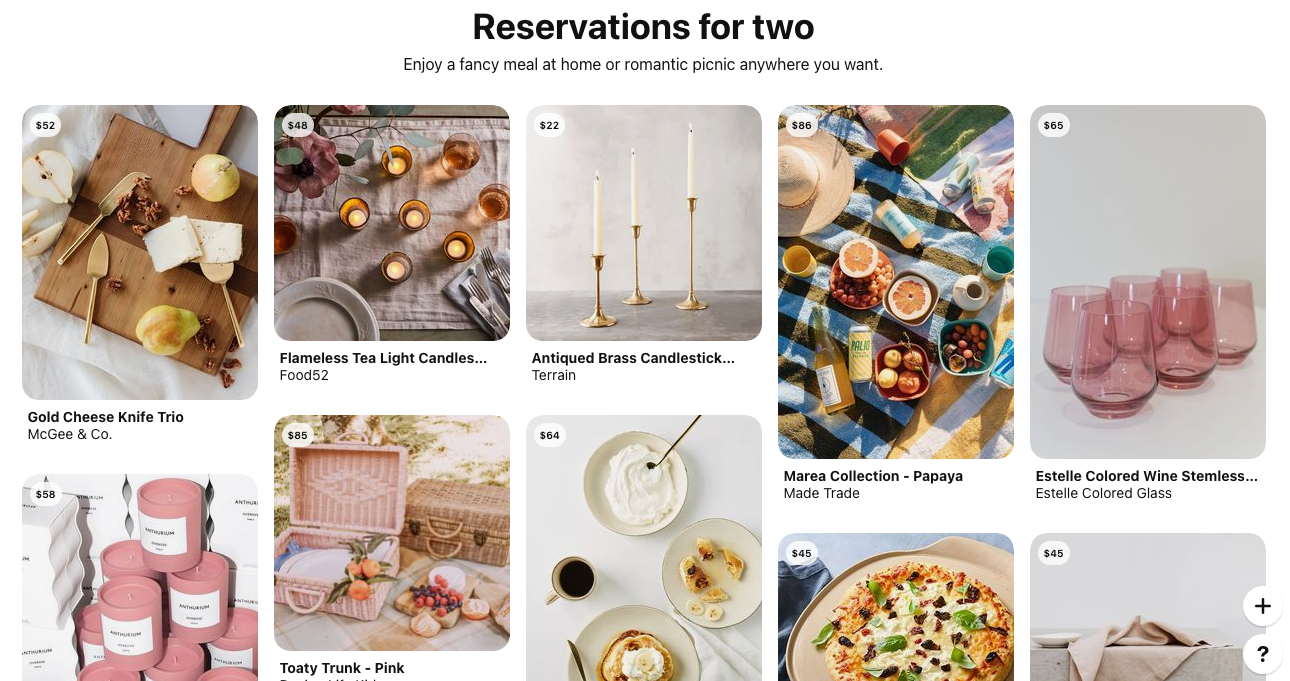Consumers are changing the way they shop.
Social shopping, AKA social commerce, is on the rise thanks to new features introduced by major social media platforms such as Instagram and Pinterest.
Until a few years ago, e-commerce was the big disruptor on the scene. The democratization of e-commerce gave businesses big and small the opportunity to set-up shop online and reach customers in a totally new capacity. According to Forbes, Online shopping is projected to exceed $735 billion by 2023.
Social commerce integrates the convenience of e-commerce with the interactive experience of social media. The pandemic has only accelerated its growth as consumers continue spending more time on social networks than ever before. That growth represents an enormous opportunity and savvy marketers are leveraging its power to build brand awareness and drive sales.

What is Social Commerce?
Social commerce allows users to make sales transactions with businesses via social media platforms. Consumers can now discover a new product and make a purchase without ever having to leave the app. This shortens the buying journey for users, creating fewer friction points and abandoned carts.
These features are a game-changer for social media marketers. Organic social media marketing was traditionally used to engage consumers, whereas paid social media advertising might encourage users to click through to an e-commerce site to make a purchase. Social shopping changes that landscape, creating an all-encompassing experience that can quickly allow your followers to convert into customers as they engage with your brand, influencers and other social media users about your product.
Although it’s relatively new to the scene, social commerce is booming. Social commerce sales in the United States brought in around $22 billion in 2019, according to Statista. Experts predict that U.S.’s social commerce sales will exceed $84 billion by 2024 and $604.5 billion worldwide by 2027. Brands that offer new products and aspirational imagery are particularly well-suited to social commerce. Some of the largest product categories already leveraging its power include:
- Accessories and apparel
- Cosmetics
- Consumer goods
- Consumer electronics
- Home decor

Which Social Media Platforms Have Social Shopping?
Social commerce is a golden opportunity for marketers to use technology to provide consumers with a great experience. It’s also a powerful opportunity for brands to meet customers where they spend the most time. Facebook has more than 1.4 billion active users every day. Six out of 10 users on Instagram use the social media platform to discover new products. It’s no wonder these major platforms have decided to test out the waters.
Instagram’s foray into social commerce began in March 2019 when it debuted Checkout. This feature enabled users to view products from shoppable posts and buy them within the app. This has evolved into Instagram shopping, a set of features across the platform that allow users to shop videos and photos from anywhere in the app.
Checkout allows users to shop from individual creators and businesses. Users can shop from Instagram Live, preview product launches and make seamless, secure payments using Facebook Pay. Instagram’s social commerce features include:
- Instagram Shops
- Shoppable posts & Stories
- Live Shopping
- Shoppable IGTV & Reels
- Instagram Guides
- Shoppable posts by Creators

With its dynamic product ads setting the industry standard for years, Facebook has always been a solid advertising option. The ads have historically been a powerful tool for closing sales but only functioned as a bridge between consumers and brands. The social media platform has evolved to provide Instant Experiences, mobile-optimized Facebook ads designed to engage.
Facebook is still expanding their social commerce options. For example, Facebook Shop, which is still in development, provides a dedicated spot for consumers to browse products and make their purchases. Livestream shopping and messaging allow consumers to buy right from brands and merchants while providing more opportunities for merchants and consumers to connect. In addition to Facebook shop, social commerce features include:
- Facebook Marketplace
- Customer service chat/chatbot
- Sponsored posts

Pinterest is no slouch in the social commerce department. And for good reason. Nearly half of all users rely on the social media platform for discovering new products. A 2019 survey conducted by Cowen and Company revealed that three times as many people find and shop for products on Pinterest than Facebook and Instagram.
Product Pins, which are formatted so users know they’re shoppable pins, can come from two sources: Catalogs and Rich Pins. Catalogs provide an option to upload product data from catalogs and add them to product groups. Rich Pins are saved to Pinterest from a brand’s product page.
TikTok
This relatively new social media platform has made headlines in the past year as it has risen in popularity across a variety of demographics. It also has many marketers wondering if it’s the future of social commerce with its unique visual experience that engages its users. In October 2020, TikTok made its move into social commerce after announcing its partnership with Shopify, an e-commerce website and platform.

Social Commerce Trends
What makes social commerce remarkable is that it gives shopping a social aspect again. In the ’90s, malls were popular places to shop and meet up with friends. The rise of e-commerce not only correlated with the downfall of shopping mall culture but removed the social quality of shopping altogether. Social shopping may not compare to window shopping with friends, it’s a step in the right direction. And by all accounts, the social commerce features that exist now are just the beginning.
Keep an eye out for these emerging trends as social shopping makes its mark in the e-commerce world :
Influencer Marketing
Social shopping makes partnering with influencers easier than ever before. Many features cater to influencer-brand collaborations. Creators on Instagram can create Instagram Guides featuring items from any Instagram shop, or they can participate in Live Shopping. As social commerce expands, you can expect to see more influencers leveraging in-app shopping features.
Chatbots & Chat Commerce
Social commerce leverages the natural communication users are used to on social media networks, bringing that into retail interactions. In 2021, we’ll likely see an increase in chat commerce that allows customers to engage in real-time conversations directly with retailers about any questions or problems before they make a purchase.
Voice Technology
Amazon’s Alexa and Google Home are among the most popular voice recognition speakers. Voice technology is projected to be integrated in 75 percent of homes in the U.S. by 2025. Expect brands to boost their spending on voice technology in order to reach consumers. This tech enables users to tell humans and chatbots what they’re looking for and to power voice searches for specific products on social channels.
Social commerce is having a real moment. One that’s likely to continue. For consumers, it’s a win-win, with seamless shopping experiences. For brands and digital marketing professionals, it’s an opportunity to meet consumers where they are. How do you intend to incorporate social commerce into your marketing strategy?








